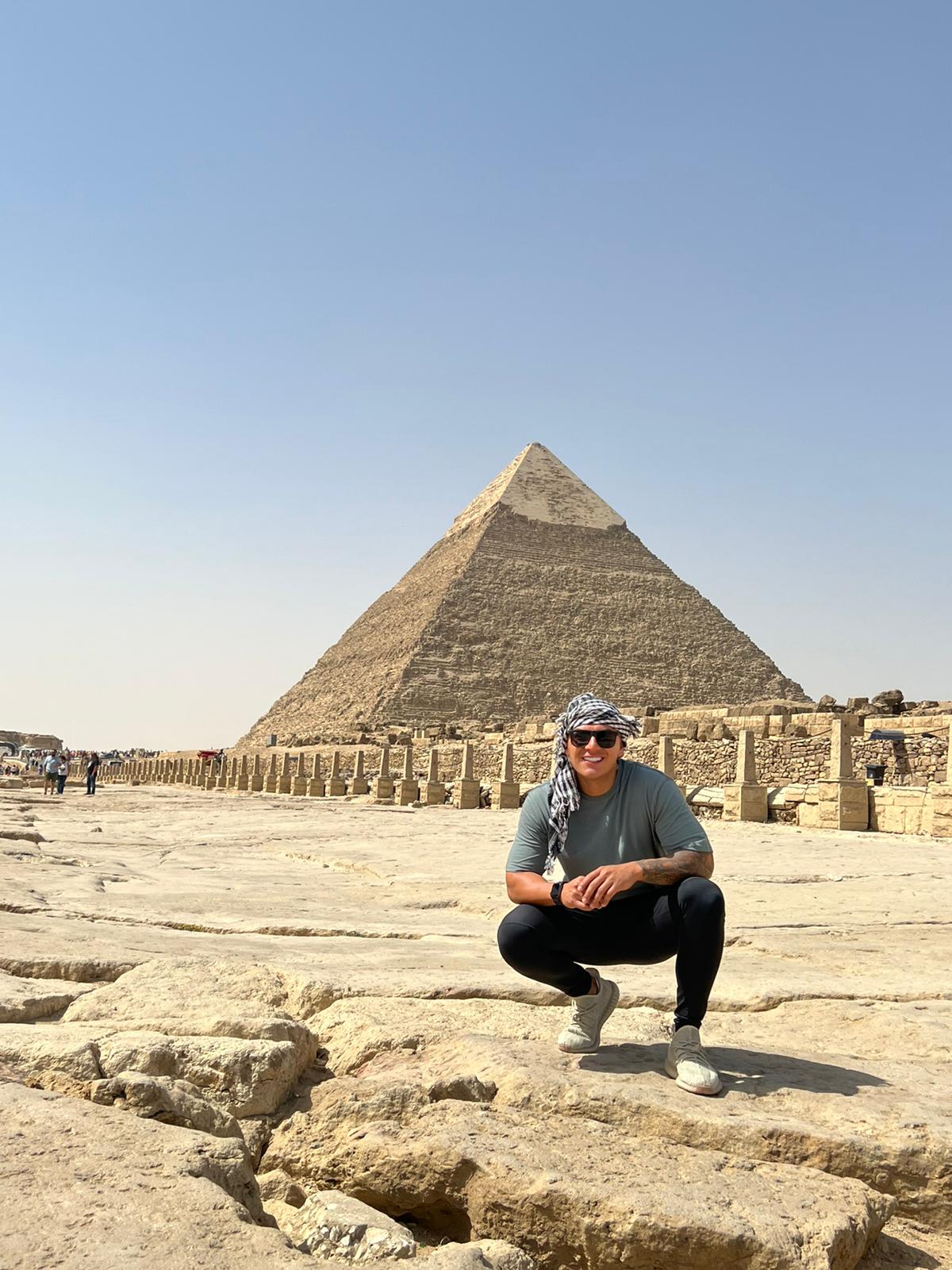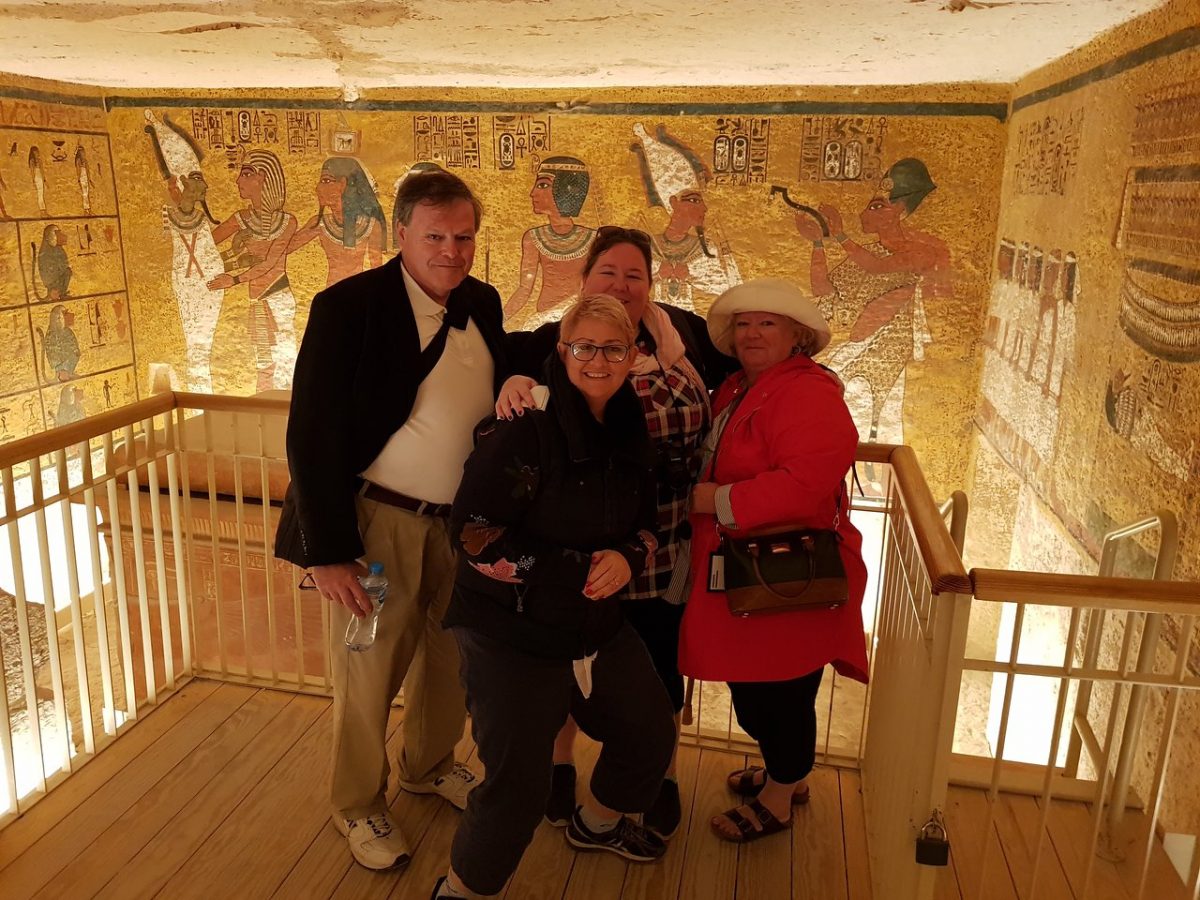Luxor Temple
Luxor Temple On the east bank of the Nile River, in the south of Egypt, the World’s Largest Outdoor Museum, Luxor City, contains one of the most beautiful temple standing. The Luxor Temple is a mark of ancient Egyptian civilization, a strikingly graceful monument in the heart of modern Luxor. Different than other temples in Luxor, the Luxor temple was not built in adoration to a god or to a god figure of the kings and pharaohs; instead, it was built in dedication to the rejuvenation of kingship. Many kings might have had their crowning at the Temple of Luxor, whether crowned in reality or conceptually, as in the case of Alexander the Great, who claimed he was crowned at Luxor It appears that he had never traveled south of Memphis, which is considered the modern city of Cairo. In the Egyptian language, the Luxor Temple is known as ipet resyt, which means the southern sanctuary; its main function was during the annual Opet festivals. At these festivals, the statues of Amun, Mut, and Khonsu were moved from Karnak, along the Avenue of Sphinxes, and reunited here during the inundation.
Where is it located?
Luxor Temple is located in the historic city of Luxor, which is the modern name of the ancient Thebes. The temple of Luxor is one of the best-preserved of all of the ancient monuments, containing large amounts of structure, statuary, and relief carvings that are still intact to this day, making it one of the most impressive places to visit in the Luxor area and all of Egypt.
When was the Luxor Temple built?
The temple was built in 1400 BCE during Egypt’s New Kingdom.
Who constructed the Luxor Temple?
Pharaoh Amenhotep III, one of the great builders of ancient Egypt, was responsible for starting the construction of the Luxor temple during the New Kingdom (1390-1352 BC) followed by Tutankhamun (1336-27 BC), then Horemheb (1323-1295 BC), and then finished by Rameses II (1279-13 BC). This appeared to be one of the many projects that Ramesses II commissioned during his long reign. Ramesses II also repurposed many existing monuments to add to his own reputation. The statuary and carvings that decorate the temple today mainly feature Ramses II.
What Luxor Temple made out of?
The construction of sandstone blocks from Nubia. The temple is surrounded by mud-brick walls which symbolize the separation between the world and the sacred realm of the gods. The Temple’s design during the New Kingdom exhibited a set of common design features in the construction of the temple. displays many of the features typical of temple construction known during the New Kingdom.
Luxor Temple Construction
it’s one of the most famous temples around Luxor. the complex contains several pylons that can reach 70 yards long. In front of the temple is the beginning of the Avenue of Sphinxes. It ran all the way to the Karnak Temple for 3 kilometers to the north. The avenue is currently under excavation, but the section nearest to has already been restored. It contains a peristyle courtyard that dates back to Amenhotep. It holds the best-preserved columns on the eastern side while the southern side made up of 32 columns.
They led to the inner sanctums that were used as a chapel during Roman times. also holds a birth shrine built by Amenhotep III and a barque shrine that was used by Amun and built by Alexander. Ramses II constructed a pylon that shows two towers at a height of 24m and a width of 65m. decorated military expeditions and victory at the Battle of Kadesh.
Visiting it
The Temple’s location is in the heart of it which makes it a very easy site to visit at almost any time of the day. Even when it is not open to visitors, it’s visible during a stroll down the Nile corniche or through downtown We recommend visiting the temple around sunset. The complex is beautifully lit in order to highlight the relief carvings as the light wanes and the columns emblazoned against the evening sky making it for an incredible photo opportunity.







